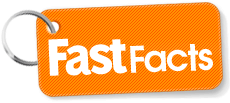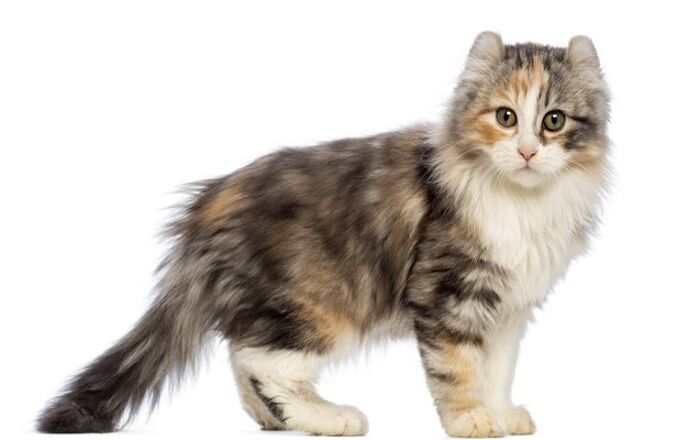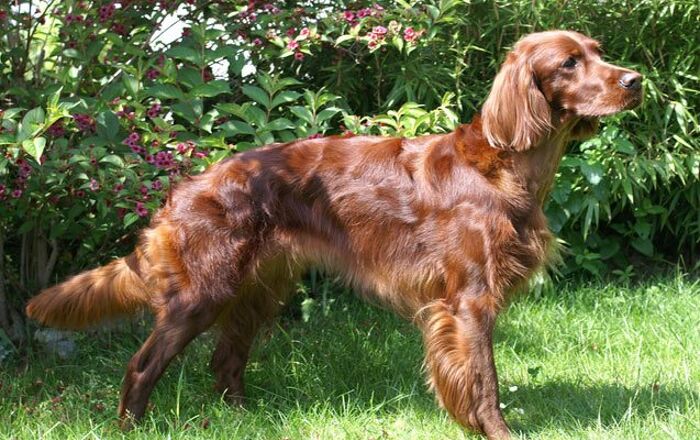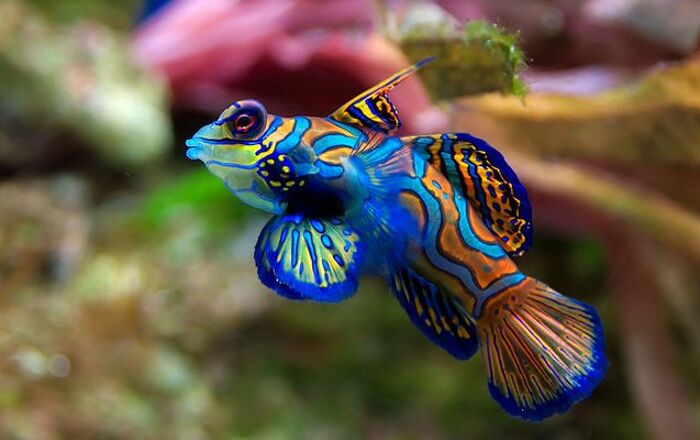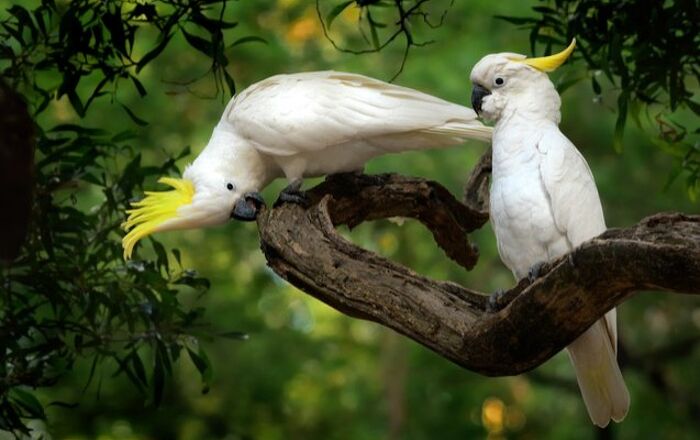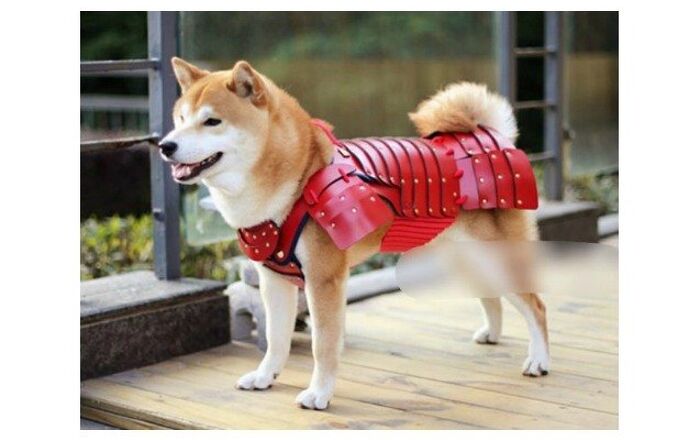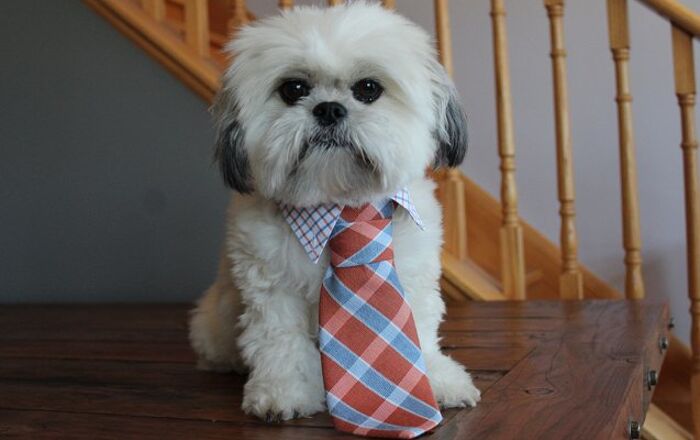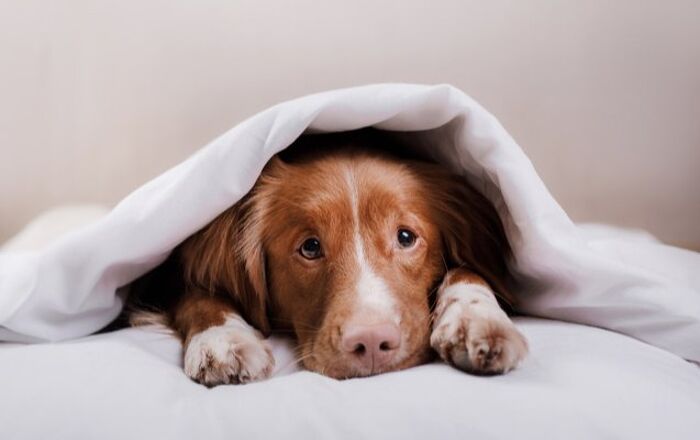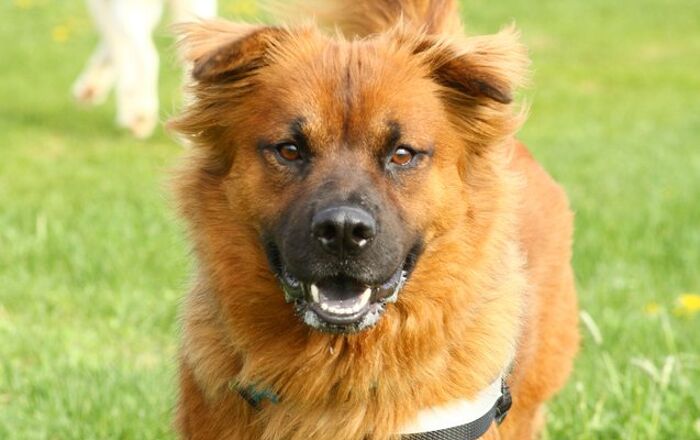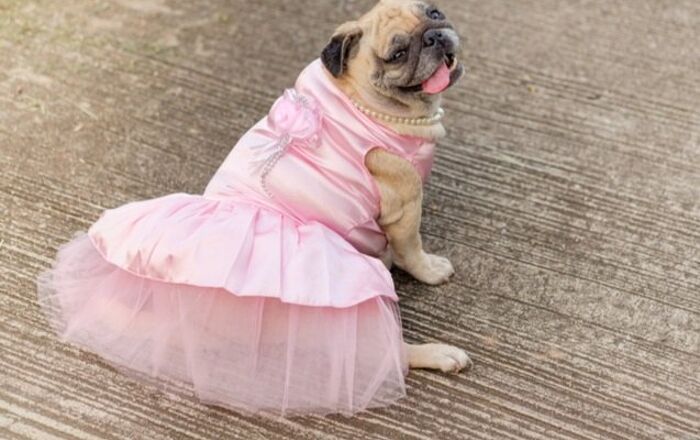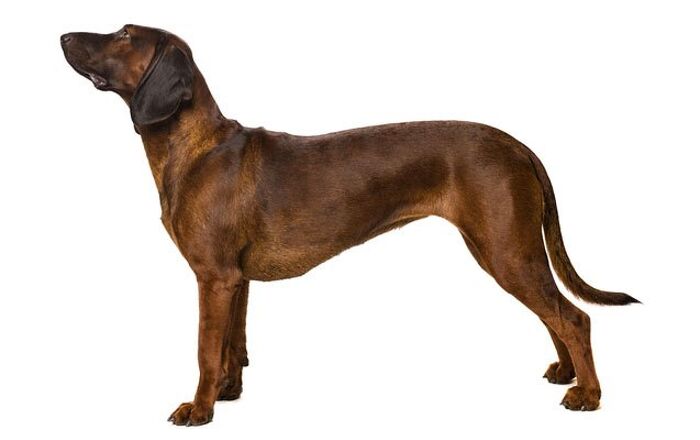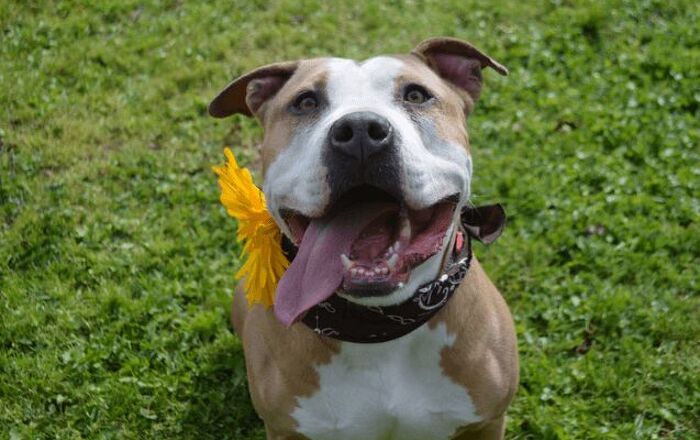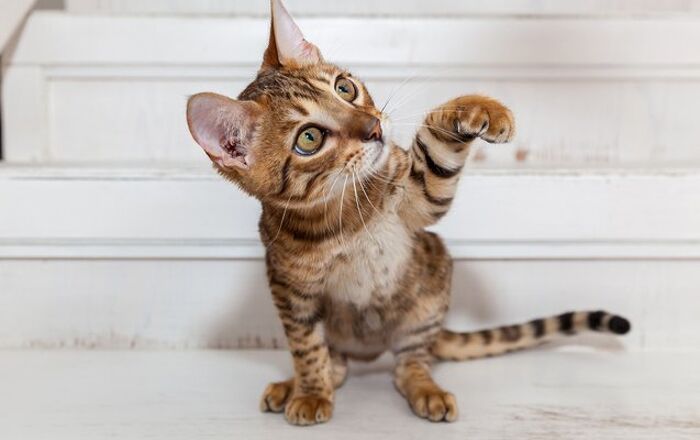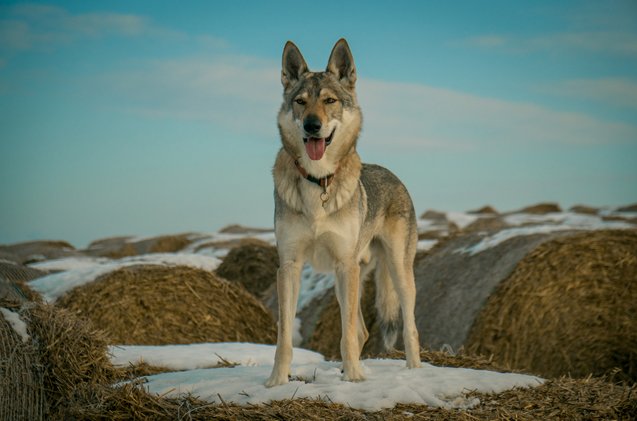
Czechoslovakian Wolfdog Basics
Although the Czechoslovakian Wolfdog is a relatively new breed, his appearance is ancient – he looks almost exactly like a wild wolf. This breed was actually engineered by the Czechoslovak Special Forces as an attack dog but has come to be used for search and rescue as well as hunting, tracking, and drafting. If you’re looking for a breed with the temperament and trainability of the German Shepherd but the stamina and appearance of a Carpathian wolf, this is the breed for you.
The Czechoslovakian Wolfdog was bred for he Czechoslovak Special Forces as an attack dog but has come to be used for search and rescue.
Origin
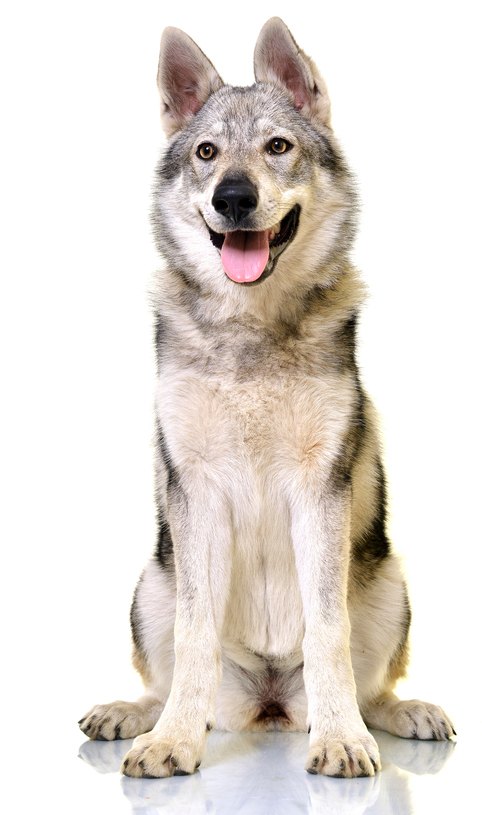
The Czechoslovakian Wolfdog was originally bred from a German Shepherd and a Carpathian wolf with the first litter being born in 1958. The puppies from this initial crossing resembled the wolf in both appearance and behavior which meant that, while training was possible, the upbringing was difficult. Subsequent crossings involved more of the German Shepherd side which yielded a more dog-like hybrid that still exhibited the stronger night vision, hearing, and navigational skills of the wolf. The last time actual wolf blood was used in the crossing was in 1983 and in 1989, the Czechoslovakian Wolfdog was provisionally recognized by the FCI – it was officially recognized ten years later. Today, there are close to 300 specimens of the breed in existence, most of which are registered in Italy and the Czech Republic.
Pedigree
The Czechoslovakian Wolfdog is the result of an experimental crossing between a German Shepherd and a Carpathian Wolf conducted by Ing. Karel Hartl in 1955.
Food/Diet
As a medium to large-breed dog, the Czechoslovakian Wolfdog should be fed a high-quality dry food formulated for larger breeds. The Czechoslovakian Wolfdog is also a highly active breed, so he may do well on an active or working breed formula.
The Czechoslovakian Wolfdog is an extremely intelligent breed.
Training
As a cross between the wild wolf and the German Shepherd, the Czechoslovakian Wolfdog is an extremely intelligent breed. These dogs learn quickly, though they can be tricky to train – they require a great deal of motivation since their behavior is strictly purposeful. It is also important to note that these dogs can be fairly independent as well, so they are best for experienced dog owners. You’ll need to maintain a firm hand in leadership with this breed and you’ll need to continue training throughout the dog’s life. Early socialization is also recommended, especially if you plan to keep the dog in a home with other pets.
Weight
The Czechoslovakian Wolfdog is a medium- to large-breed dog, standing upward of 24 inches tall and weighing over 55 pounds at maturity. Males of the breed are a little larger than females in both height and weight.
Temperament/Behavior
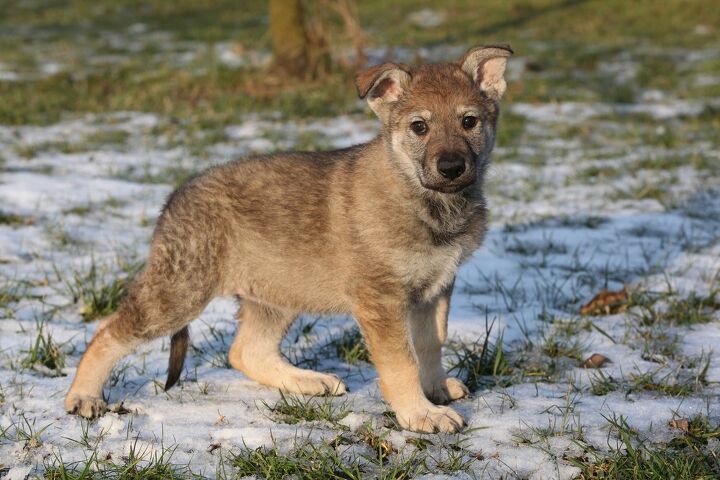
Although the Czechoslovakian Wolfdog may have the wild appearance of a wolf, he has a temperament closer to that of the German Shepherd. These dogs are lively, playful dogs and they are extremely social – they bond closely with their families and they adapt easily to life with other pets. They can, however, be aggressive toward unfamiliar animals and may chase small pets they have not been raised with. In terms of their ability to get along with children, Czechoslovakian Wolfdogs are playful and friendly. When it comes to strangers, this breed can be a little suspicious and some of them are a little dog-aggressive, though they are not inherently volatile.
Common Health Problems
With his wild heritage, the Czechoslovakian Wolfdog is not known to be affected by any specific health problems. Because he is a larger breed, however, he may be prone to musculoskeletal issues like hip dysplasia and may also be prone to bloat.
Life Expectancy
The average lifespan for the Czechoslovakian Wolfdog is thought to be about 12 to 15 years.
Exercise Requirements
The Czechoslovakian Wolfdog is a highly active dog that requires a lot of daily exercise. This breed needs a long walk at least once a day and will also appreciate having an outdoor space in which to run.
Although the Czechoslovakian Wolfdog may have the wild appearance of a wolf, he has a temperament closer to that of the German Shepherd.
AKC
The Czechoslovakian Wolfdog is not currently recognized by the AKC but he is part of the Foundation Stock Services. This breed is recognized by the FCI in Group 1 for Sheepdogs and is part of the Herding group for the UKC.
Coat
The Czechoslovakian Wolfdog has both the build and the coat of the Carpathian wolf. This dog has a thick coat of close, straight hair that ranges in color from yellow-gray to silver-gray, often with a light-colored mask. These dogs tend to stay fairly clean, so they only require occasionally grooming and they only shed heavily twice a year.
Puppies
The average litter size for the Czechoslovakian Wolfdog is 4 to 8 puppies. Puppies of this breed should be started as early as possible with socialization and training to help control their independent nature. This is also important if you plan to keep them in a home with other dogs or household pets.
Photo credit: Lukas Janecka/Shutterstock; Marcel Jancovic/Shutterstock; Zuzule/Shutterstock
